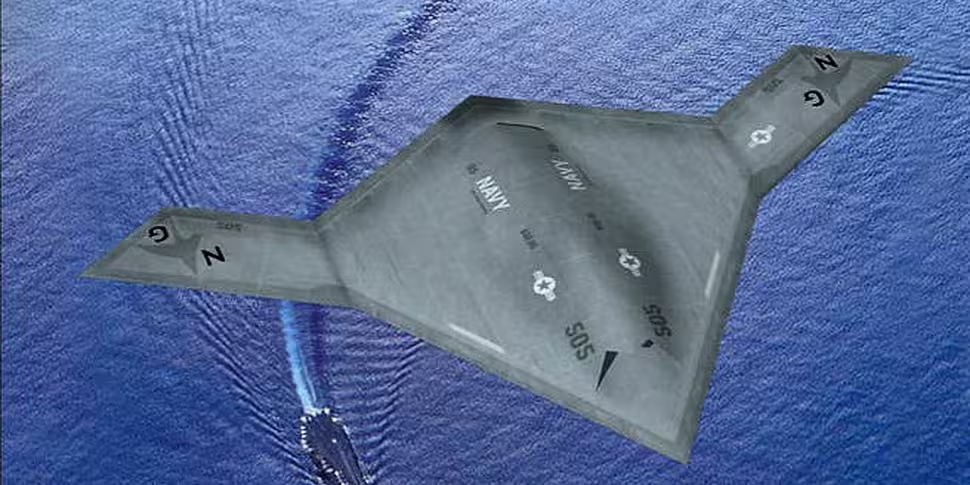The landing marks the first time a pilotless jet has successfully landed on a runway at sea (previous drones have been land-based). It was achieved by the craft dropping a ‘hook’ which caught a rope on deck, helping to bring the landing drone to a halt.
While most drones are flown remotely by ‘pilots’, the X-47B is fully computer controlled (although a pilot can take control if necessary). Developed by Northrop Grumman, the project has cost over €1 billion.
However, the X-47B - which can theoretically carry out bombing attacks over a 3,000 kilometre range - is not intended for full operational use and will be sent to a flight museum following its successful test. The technology behind the drone will instead be used and built upon to develop crafts for full military operations in the future.
Speaking to the BBC, Navy Secretary Ray Mabus said the landing “was a chance to see the future”. However, another commentator pointed out “the Navy seems to be ambivalent about the whole idea” of pilotless drones operating from their aircraft carriers.
Although drones do potentially have future uses in reconnaissance and emergency response, they have to date been predominantly used for military purposes. The US has courted increasingly vocal international criticism with their continuing unmanned bombing campaigns in countries such as Pakistan, with questions being asked about the legality of drone use. You can read our full feature on the current US ‘drone warfare’ here.









